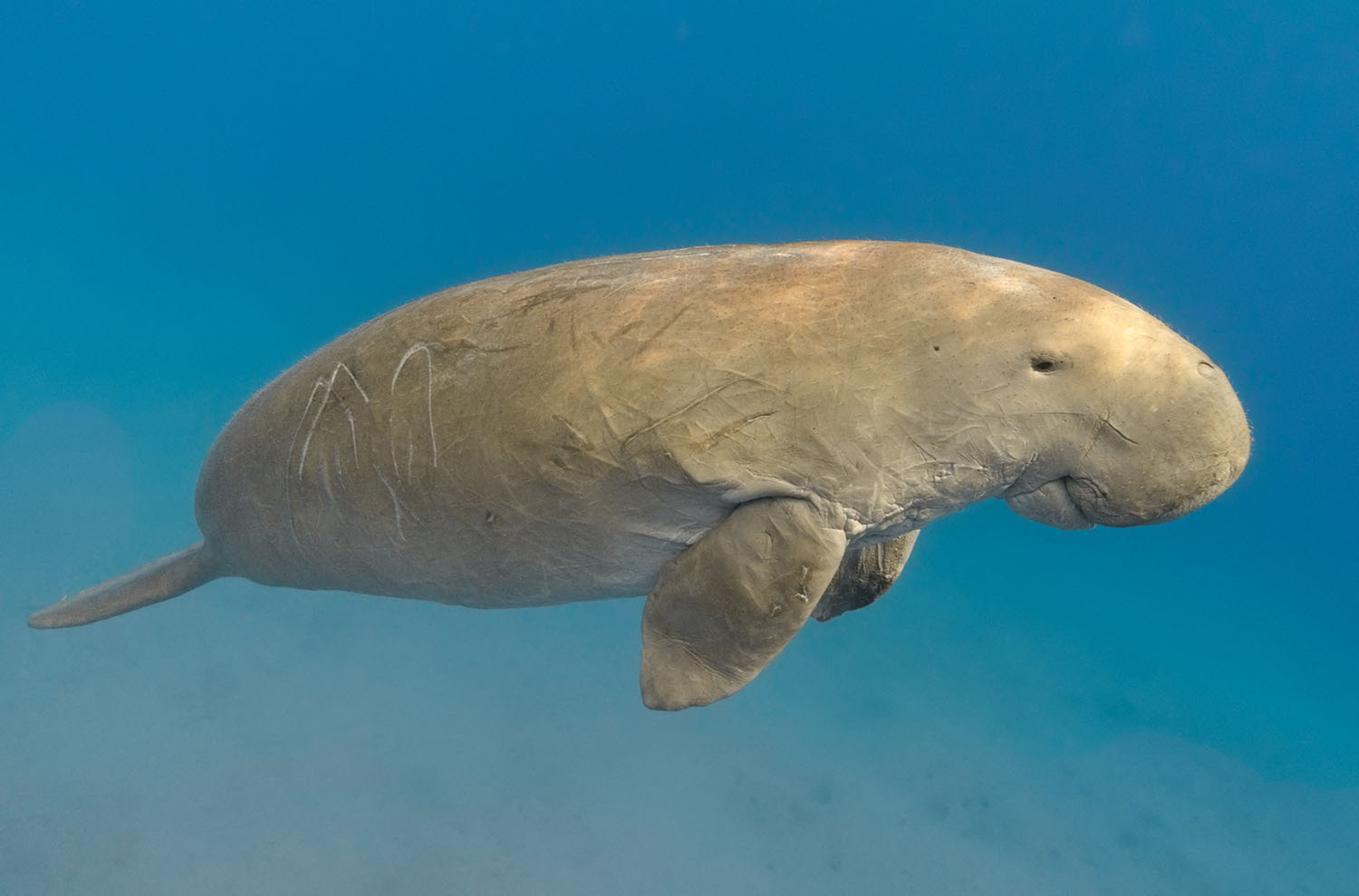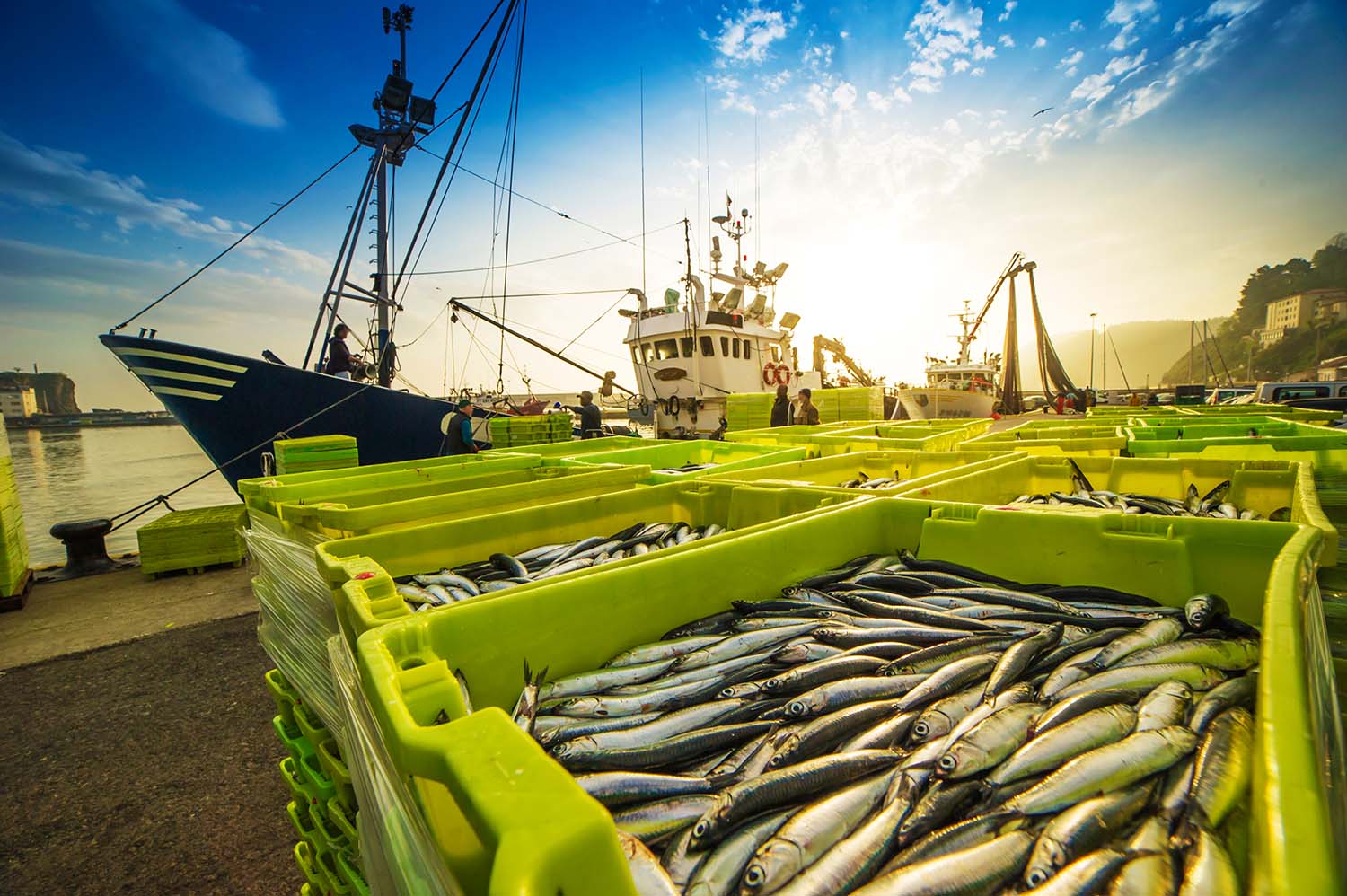The High Seas Treaty
After more than ten years of negotiations, United Nations member countries have agreed on the first-ever treaty to protect the oceans beyond national boundaries. According to environmental organisations, the UN High Seas Treaty will support reversing biodiversity decline and guarantee sustainable growth. However, there is still a long process before it is enforced.
What are the high seas?
Approximately two-thirds of the Earth’s oceans are categorised as international waters, implying that all nations can engage in fishing, shipping, and research activities there. However, only a minuscule percentage, roughly 1%, of these areas, referred to as “high seas,” have been safeguarded until now. As a result, marine creatures living on the high seas are in jeopardy of being exploited by dangers such as overfishing, climate change, and shipping congestion.
Which marine species are at risk?
The International Union for Conservation of Nature (IUCN) has revealed that almost 10% of marine species are in danger of extinction. Overfishing and pollution are the primary factors contributing to this, according to Dr. Ngozi Oguguah of the Nigerian Institute for Oceanography. Sharks, whales, and abalone species, a kind of shellfish, are facing severe challenges due to their high demand as a source of food and medicine.
According to the International Union for Conservation of Nature (IUCN), around 41% of endangered species are vulnerable to the impacts of climate change. The head of IUCN’s ocean team, Minna Epps, stated that the ocean is absorbing carbon dioxide, resulting in a rise in acidity levels, posing a significant threat to some species. Furthermore, studies published in the Science journal reveal that climate change has caused a twenty-fold increase in marine heatwaves. These events can lead to cyclones and mass mortality (death) events.
How will the High Seas Treaty protect marine life?
The main strategy to achieve the global target of safeguarding 30% of the world’s oceans by 2030, agreed at the 2022 UN biodiversity conference, is to create marine protected areas (MPAs) for international waters. While activities can occur in these areas, they must comply with the conservation goals and not harm marine life. Specific actions, such as restricting fishing, shipping lanes, and deep-sea mining exploration, may be necessary to achieve this. Environmental groups are against mining activities, which may cause sediment disruption, noise pollution, and damage breeding habitats. Countries will recommend regions to be protected, and the countries that adopt the treaty will vote on them.
What else is in the treaty?
Besides creating protected areas in international waters, the treaty incorporates two other significant points. These are:
- arrangements for sharing marine genetic resources
- requirements for environmental impact assessments (EIAs) for deep sea activities such as a mining
Marine genetic resources refer to organic matter obtained from ocean plants and animals, which have potential societal advantages, such as food and medicines.
Countries have pledged to share deep-sea discoveries among themselves in a “fair and equitable” manner. This is particularly crucial for poorer countries that lack the resources to conduct studies independently.
Critics argue that each country will be responsible for conducting EIAs and making the final decision, although other countries may voice their concerns with supervisory bodies. Wealthier countries have also committed to providing additional funding for the treaty’s implementation. The European Union, for example, recently pledged nearly 820 million euros (£722.3m) for global ocean conservation.
Marine Protected Areas will have restrictions or complete bans on fishing to limit marine species loss
When will the treaty take effect?
Before the treaty can be enforced, countries must gather once again to ratify the agreement and undertake extensive preparatory work officially. The treaty will only become legally binding once 60 nations have endorsed it and successfully enacted it in their jurisdictions. Signatory countries must devise practical strategies for implementing and managing these regulations following the ratification process.




